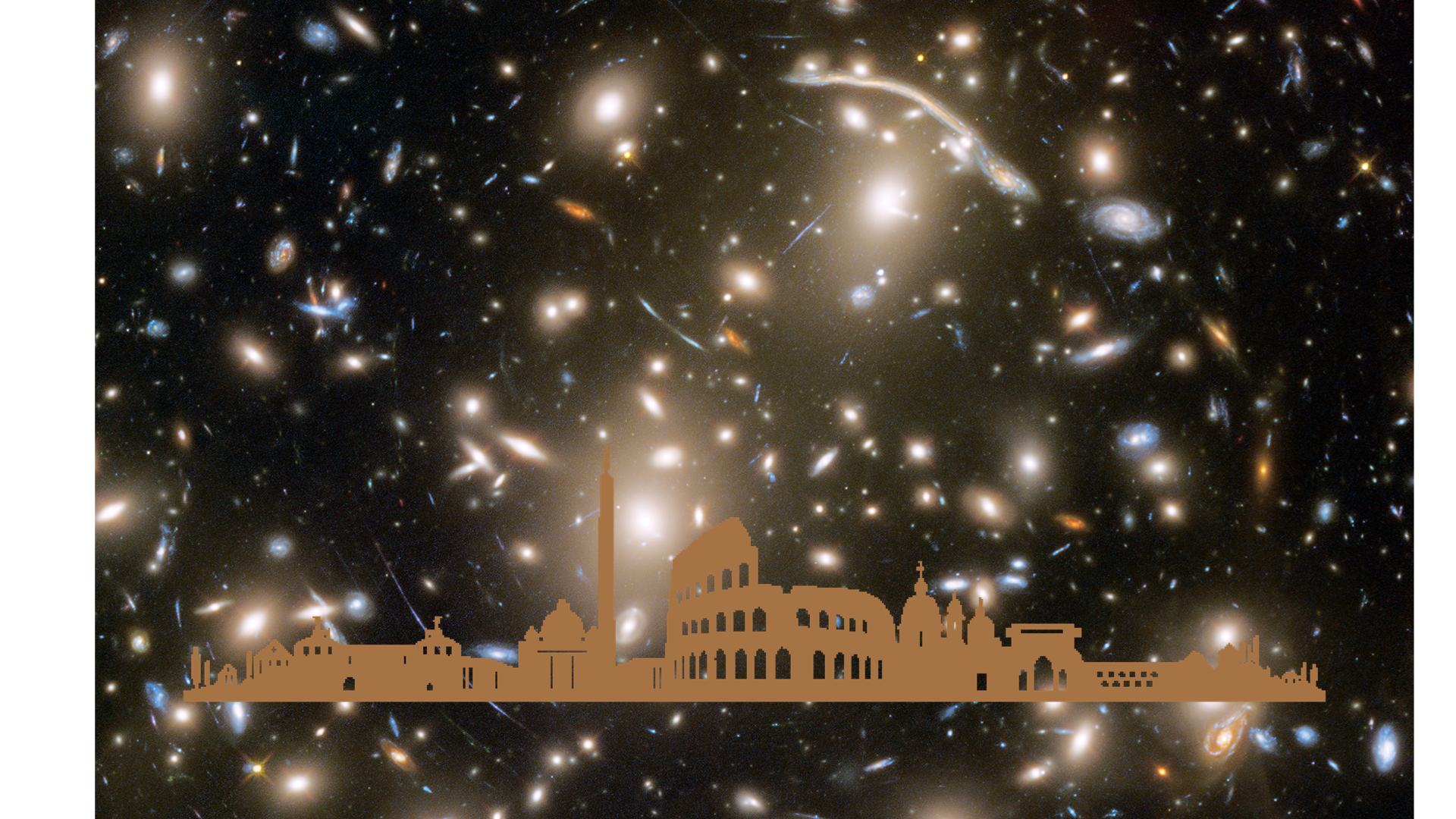Supervisor: Antonello Calabrò (antonello.calabro@inaf.it)
One of the major results of the Hubble Space Telescope (HST) has been that galaxy morphologies evolve with cosmic time, with classical elliptical and spiral galaxies dominating below z ∼ 1 and irregular, clumpy, and merging galaxies being more and more common at higher redshifts (e.g., Lee et al. 2013). However, it is still debated when in the universe’s evolution the earliest irregular, clumpy progenitors give way to the regular morphological types we observe today.
Cosmological surface brightness dimming, limited angular resolution, and poor sampling of the Wide Field Camera 3 (WFC3) on board of HST have limited so far a clear characterization of galaxy morphology at high redshift and its evolution across cosmic epochs. Moreover, at z > 3, the optical rest frame shifts beyond the reach of WFC3, forcing one to rely on the rest frame UV light, which is dominated by young stars and thus probes the location of star forming regions rather than the morphology of the bulk of more mature stars.
Now we are in a crucial phase of history. Thanks to the launch of JWST, we can overcome the above limitations by virtue of its superior angular resolution and longer wavelength coverage (up to 30 microns).
In this thesis, the student will analyse the new images coming from Early Release Science and Cycle 1 accepted JWST programs, namely GLASS, CEERS, and PRIMER. First, he/she will assemble the images available in different photometric bands for the star-forming galaxies selected and observed by these programs in the redshift range between 1 and 6. With these images, he/she will derive quantitative morphological parameters, using estimators that are widely tested on HST images, and then identify merging systems and clumpy galaxies. The student will finally investigate how the morphology, merger and clumpy fraction, vary as a function of cosmic epoch and other galaxy properties, such as the stellar mass, star-formation rate, and dust attenuation. This way, we will identify when and what are the main physical mechanisms responsible for the big morphological transformation occurring in galaxies across cosmic time.
Useful references: Treu, Calbrò et al. https://ui.adsabs.harvard.edu/abs/2022arXiv220713527T/abstract
